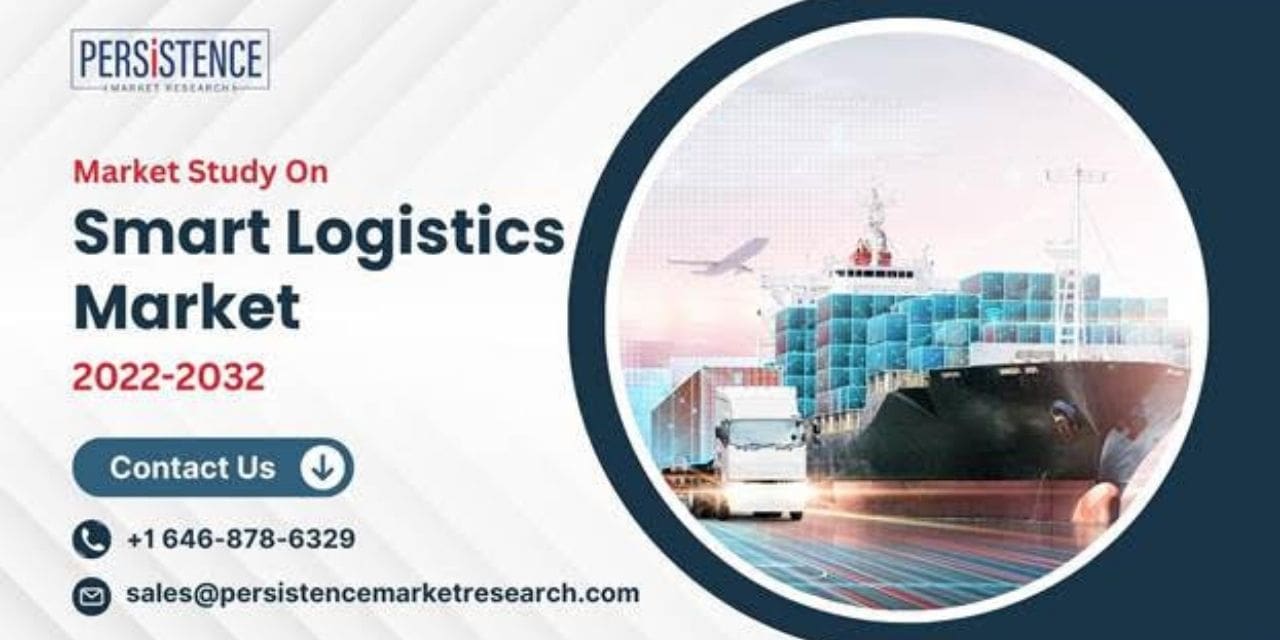In today’s fast-paced world, the demand for efficient, reliable, and speedy delivery solutions has never been higher. As e-commerce continues to grow exponentially, the final leg of the delivery process—known as last-mile delivery—has become a focal point of innovation in logistics. This phase, which involves delivering goods from a distribution center to the end customer, presents unique challenges due to its complexity, high cost, and impact on customer satisfaction. Fortunately, advancements in technology are revolutionizing this crucial aspect of the supply chain. Here’s a look at some of the smart logistics innovations transforming last-mile delivery.
-
Autonomous Vehicles and Drones
Autonomous vehicles and drones represent some of the most exciting advancements in last-mile delivery. Self-driving delivery vans are equipped with sophisticated sensors, GPS, and AI algorithms to navigate city streets, avoid obstacles, and optimize delivery routes. Companies like Waymo and Amazon are investing heavily in this technology, aiming to reduce human labor costs and enhance delivery efficiency.
Drones, on the other hand, offer the potential for rapid delivery of small packages, particularly in urban environments where traffic congestion can delay traditional vehicles. For instance, companies like Wing, a subsidiary of Alphabet Inc., and Zipline are already using drones to deliver medical supplies and other urgent items. The key to scaling this technology involves overcoming regulatory hurdles, managing air traffic, and ensuring package safety during flight.
-
Smart Delivery Lockers and Parcel Stations
Another innovative solution is the use of smart delivery lockers and parcel stations. These self-service kiosks are strategically placed in high-traffic areas such as shopping malls, office buildings, and residential complexes. Customers receive a unique code to access their package, reducing the need for home deliveries and minimizing the risk of missed deliveries.
This system not only provides convenience for customers but also helps reduce the number of delivery attempts, thereby cutting down on carbon emissions and operational costs. Companies like Amazon Locker and UPS Access Point are leading the way in this area, offering secure and accessible options for package pickup.
-
Route Optimization and Real-Time Tracking
Route optimization software and real-time tracking systems are crucial in enhancing the efficiency of last-mile delivery. Advanced algorithms analyze factors like traffic conditions, weather, and delivery windows to determine the most efficient routes for delivery vehicles. This reduces fuel consumption, minimizes delays, and improves overall delivery times.
Real-time tracking technology provides customers with up-to-date information on their package’s location, giving them an estimated delivery time and allowing them to track their orders from the moment they leave the warehouse. This level of transparency enhances customer satisfaction and reduces the number of inquiries and complaints related to delivery status.
-
Robotics and Automated Delivery Solutions
Robotics is another area where significant strides are being made in last-mile delivery. Automated delivery robots, designed to transport goods over short distances, are increasingly being deployed in urban settings. These robots navigate sidewalks and pedestrian areas, delivering packages directly to customers’ doors or designated drop-off points.
For example, Starship Technologies has developed a fleet of delivery robots that use a combination of cameras, sensors, and machine learning to navigate safely and efficiently. These robots offer a cost-effective and environmentally friendly solution, reducing the reliance on traditional delivery vehicles and decreasing congestion in urban areas.
-
Crowdshipping and Gig Economy Models
Crowdshipping, a model where individuals use their personal vehicles to deliver packages, is another innovative approach to last-mile delivery. This model leverages the gig economy, providing flexible income opportunities for drivers while addressing the growing demand for rapid delivery services.
Platforms like Uber Freight and Roadie connect shippers with local drivers who can deliver packages on their way to other destinations. This system enhances delivery flexibility and speed, particularly in areas with high delivery volumes or limited access to traditional delivery services. It also helps optimize delivery routes by using existing transportation networks.
-
Predictive Analytics and AI
Predictive analytics and artificial intelligence (AI) are transforming last-mile delivery by providing insights that drive efficiency and improve decision-making. AI algorithms analyze historical data, customer behavior, and real-time conditions to predict delivery patterns and optimize resource allocation.
For instance, AI can forecast peak delivery times, allowing companies to adjust their staffing levels and vehicle deployment accordingly. Predictive analytics also helps in managing inventory levels and anticipating potential delivery issues before they arise, leading to a more proactive approach to logistics.
-
Sustainable Delivery Solutions
As environmental concerns grow, there is an increasing emphasis on sustainable delivery solutions. Electric vehicles (EVs) and hybrid delivery vans are becoming more common, reducing the carbon footprint associated with last-mile delivery. Many companies are also exploring alternative fuels and energy-efficient technologies to minimize their environmental impact.
Additionally, some companies are implementing eco-friendly packaging solutions and optimizing delivery routes to reduce waste and emissions. For example, UPS and FedEx have committed to significant sustainability goals, including transitioning their fleets to electric vehicles and adopting green logistics practices.
-
Enhanced Customer Experience
Ultimately, the goal of these innovations is to enhance the customer experience. With the rise of e-commerce, consumers expect fast, reliable, and convenient delivery options. By leveraging technology, logistics companies can meet these expectations and provide a seamless delivery experience.
From personalized delivery windows and easy returns to real-time tracking and flexible pickup options, technology is enabling a higher level of service and satisfaction. Companies that embrace these innovations are better positioned to compete in the ever-evolving logistics landscape and build lasting relationships with their customers.
Conclusion
The transformation of last-mile delivery through smart logistics innovations is reshaping the future of supply chain management. Autonomous vehicles, drones, smart lockers, route optimization, robotics, and other technological advancements are addressing the challenges of this critical phase and setting new standards for efficiency and customer satisfaction.
As technology continues to advance, the logistics industry will likely see even more groundbreaking solutions that further enhance last-mile delivery. Embracing these innovations not only improves operational efficiency but also meets the growing demands of today’s consumers, paving the way for a more connected and responsive delivery ecosystem.

